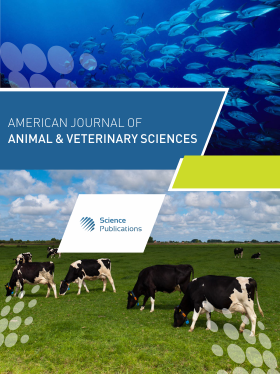Isolation and Characterization of Collagen from IndonesiaLocal Duck Feet Using Bromelain Enzyme
- 1 Department of Animal Products Technology, Faculty of Animal Science, Gadjah Mada University, Jl. Fauna No. 3, Bulaksumur, Yogyakarta, Indonesia
- 2 Department of Animal Products Technology, Faculty of Animal Science, Gadjah Mada University, Jl. Fauna No. 3, Bulaksumur, Yogyakarta, India
- 3 Halal Materials Development, Institute for Halal Industry & System, Gadjah Mada University, LPPT Building, Jl. Kaliurang Km 4.5, Yogyakarta, Indonesia
Abstract
The utilization of local duck feet as a collagen source to minimizewaste and add value to the duck by-product. This research aimed to isolate andcharacterize collagen from Local duck feet using enzymatic method. Thebromelain enzyme in various concentrations: 0% (A), 0.2% (B), 0.4%(C), 0.6%(D), and 0.8% (E). Variables observed were collagen yield, viscosity, pH,Fourier Transform Infrared Spectroscopy (FTIR), and Sodium Dodecyl SulfatePolyacrylamide Gel Electrophoresis (SDS-PAGE). The results showed the highestcollagen yield was 7.77% from D treatment; the viscosity ranges were 2.18-1.99cP, and the pH ranges were 4.89-4.68. FTIR spectra showed amide A, B, I, II,and III. SDS-PAGE results showed three distinct main bands, consisting of α1,α2, and β chains. In conclusion, collagen could be extracted from Local duckfeet and categorized as collagen type I.
DOI: https://doi.org/10.3844/ajavsp.2025.97.102

- 33 Views
- 18 Downloads
- 0 Citations
Download
Keywords
- Duck Feet
- Collagen Isolation
- Bromelain Enzyme
- Characterization
